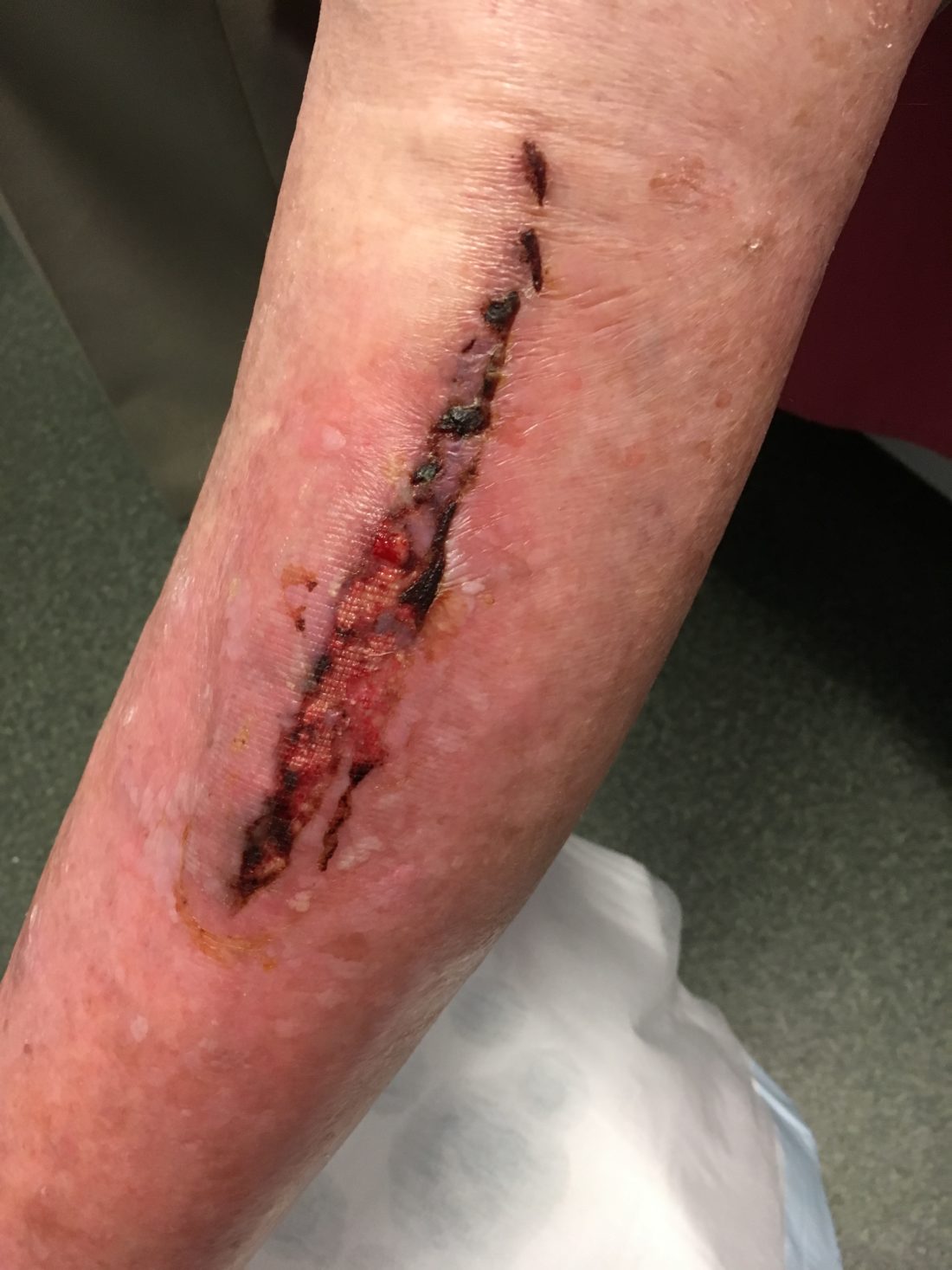Wounds and Tetanus
In her recent Wound Source blog post, Dr Aletha Tippett reminds us that Clostridium tetani remains an ever present bacterium – primarily found in soil and faeces.
Whilst most Westernised countries have eliminated this infection through immunization, increased international transit from regions with poor rates of vacination and a propensity for not maintaining adult booster status, has led to a gradual rise in this infection. Tetanus has an increased prevalence in those individuals who elect to undergo body piercing and tattooing, being of particular concern for those persons who are either immunosuppressed or have reduced tissue vascularity. The toxin tetanospasmin is introduced through wounds or skin breaks which then affects the central nervous system – resulting in musclar spasms, stiffness and convulsions. The fatality figures associated with tetanus range between 10-30% of infections.
Checking on tetanus vaccination status is a worthwhile addition to a structured assessment strategy, especially where wound types include animal scratches, minor trauma, burns, projectiles, splinters and sacral pressure injury.
Tippett,A What is tetanus? Causes, symptoms and prevention strategies Wound Source June 14, 2018



